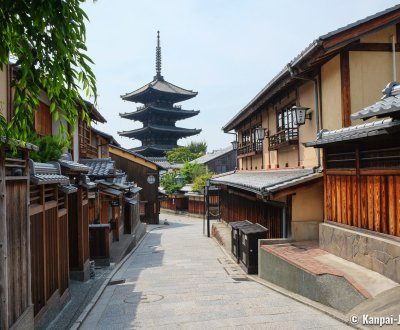Kansai
The Other Touristic Heart of Japan
Kansai is a region of Japan, also called Kinki, located on the main island Honshu. Encompassing six prefectures, it is the second most populated area of the archipelago with more than 22 million inhabitants, and it is home to large cities of long history such as Kyoto, Osaka, Nara, Himeji or Kobe.
Establishing a turning point and real link between the East of Honshu (Chubu) and the West of Japan towards South (Chugoku), the Kansai area officially includes six prefectures (Kyoto, Osaka, Hyogo, Nara, Shiga, and Wakayama). Mie prefecture is considered part of the touristic Kansai but is an administrative subdivision of the Chubu area (Nagoya).
The Kansai area belongs to the Japanese megalopolis (or Tokaido corridor) and is one of the most famous of the archipelago for having Japan’s most traditional places. Additionally, several Japanese arts originate from Kansai, such as Noh and Kabuki theaters, Bunraku puppet theater or the tea ceremony. There is even a local dialect, the Kansai-ben.
How to travel in the area?
Kansai is of an easy access from Tokyo, about 2h30 by Shinkansen 🚅, and has its own international airport (KIX, Kansai International Airport) located 30 minutes from Osaka and Kyoto.
Like Kanto, it is a densely populated area served by a public transport network connecting most of the sightseeing attractions. The network is easy to use thanks to the Japan Rail Pass and other local transportation passes. Kyoto is characterized by the predominance of bus transportation, even if cycling is also very convenient. Touring more remote places such as in Hyogo or Wakayama prefectures for example requires a car 🚙.
Kobe is also an important cruise port, interesting for those who would like to go by boat. In Osaka Bay, several ferries connect with Awaji Island and other destinations in Japan, such as Shikoku Island and the small islands of the Seto Inland Sea.
Why explore the Kansai area?
Kansai is the historical heart of the archipelago, and its discovery includes Kyoto and Nara, two former imperial capitals. The area does not have any active volcano 🌋, but it is characterized by low and medium mountain ranges, with a lot of ancient and spiritual places: Ise, the cradle of the Shinto religion and many Buddhist pilgrim trails crossing the mountains and the forests. Many of Kansai’s cultural sites are listed in the UNESCO World Heritage.
Japan’s modern face and the opening to the world is obvious around the very urbanized Osaka Bay, and with the international ports of Osaka and Kobe, both underrated cities that are worth a detour.
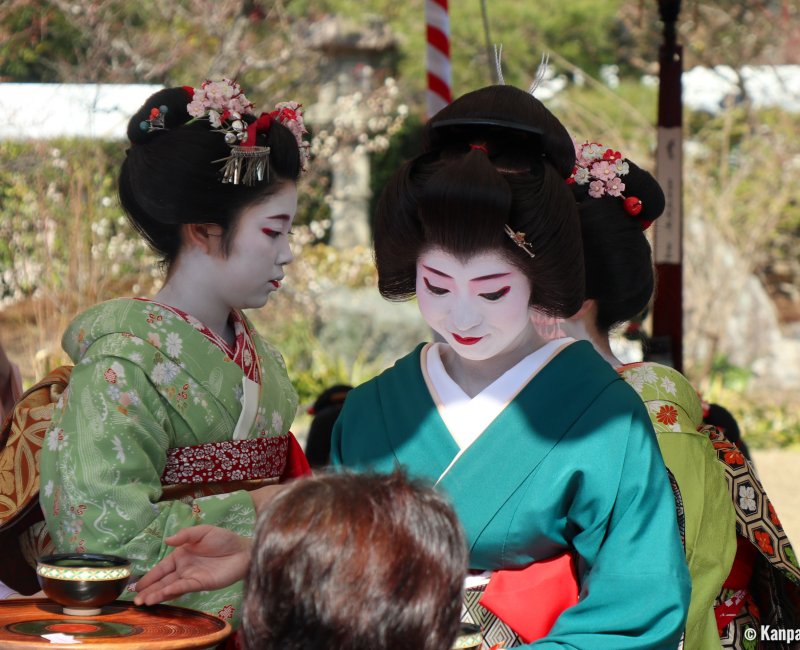
Kyoto Prefecture
It naturally includes the city of Kyoto, and it extends towards north to the Sea of Japan, where one can find Amanohashidate, one of the three most scenic places of Japan. The former imperial capital and the remains of its thousand-year-old history are nonetheless a must-see and attract a flow of tourists, with sometimes a negative impact on the visit. Kyoto gathers the largest number of active geisha and maiko and it is not unusual to encounter them in Gion district for example. Uji, the Japanese capital of tea, is home to the Byodo-in temple and is also the second most populated city of the prefecture.
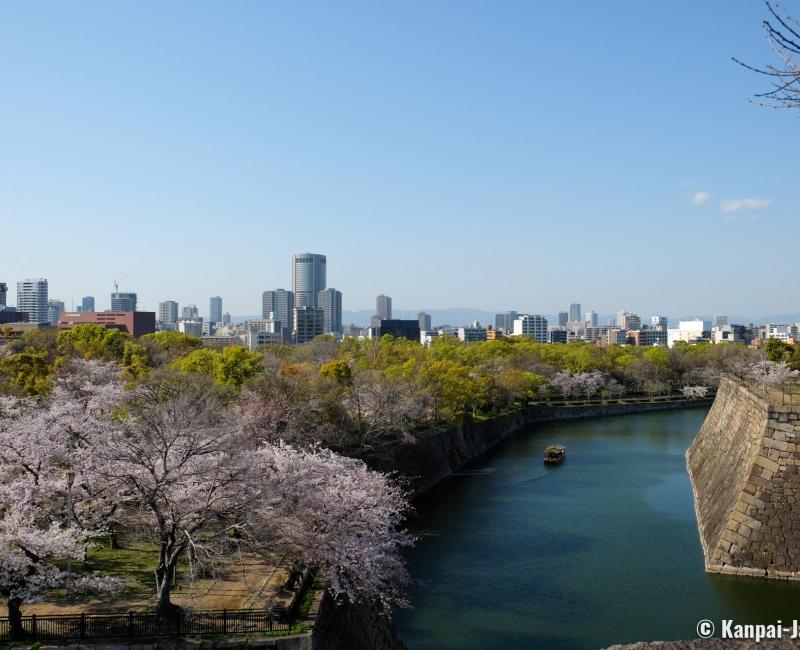
Osaka prefecture
It mainly consists of Osaka City and spreads on the eastern side of the eponymous bay. Very eclectic, it is home to one of the most ancient Shinto shrines of Japan, Sumiyoshi Taisha, the modern castle 🏯 Osaka-jo, and also the theme park 🎡 Universal Studios Japan. Osaka is renowned for its spirit, its night life and gastronomy, and was by the way nicknamed the "kitchen of Japan". The city will host 2025 World Expo.
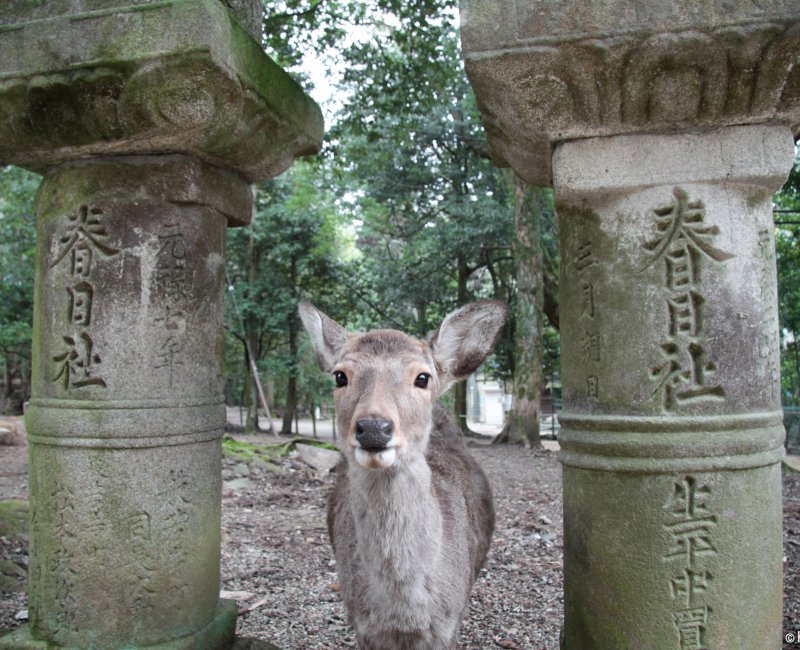
Nara prefecture
The former Yamato province, in the heart of the Kii peninsula, in the south of Kyoto, is known for its eponymous capital, that was once an imperial capital and concentrates lots of ancient temples and shrines, including a Great Buddha in Todai-ji temple. The deer roaming freely are another popular attraction.
Mount Yoshino, in the Yoshino-Kumano National Park, reveals all its charms in spring, with the blooming of 30,000 sakura 🌸 planted at various altitudes to have a longer-lasting Ohanami season.
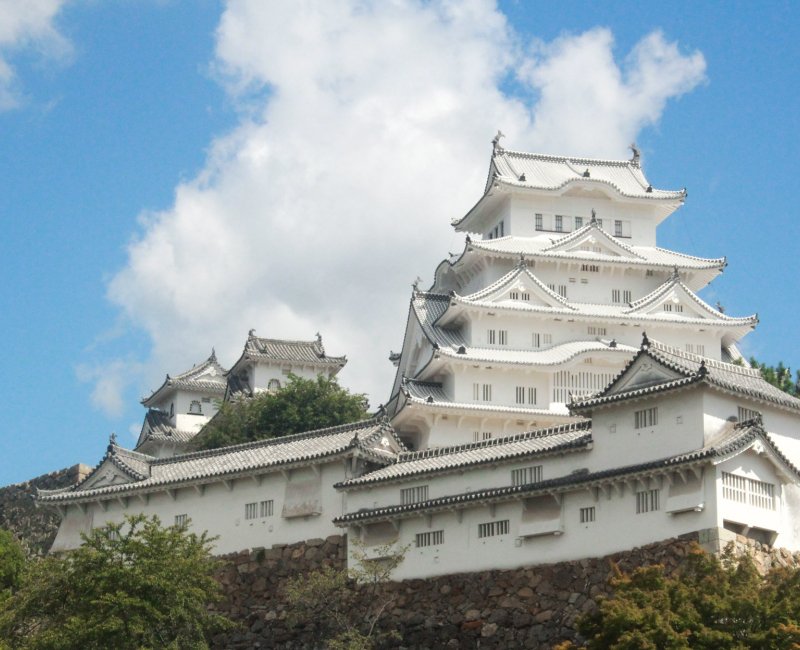
Hyogo prefecture
While delimiting the frontier with the Chugoku area, it spans on both coasts of the Seto Inland Sea and of the Sea of Japan. Its capital, Kobe, is an important port town from where the famous beef is exported. Many historic sites are scattered on its territory, such as Himeji Castle, or the ruins of Takeda Castle. It is also home to famous hot spring resorts, such as Kinosaki Onsen ♨️ and Arima Onsen. As for Awaji Island, it offers a variety of entertainments, with themed parks and traditional sites.
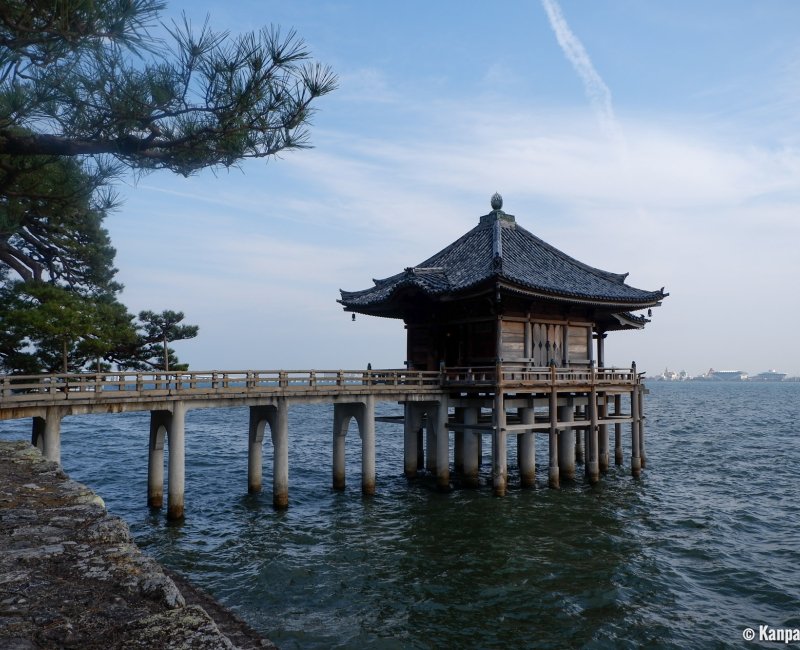
Shiga prefecture
In the heart of Honshu, the prefecture is surrounding Lake Biwa, Japan’s largest freshwater reservoir. Its capital Otsu, at the doorstep of Kyoto, is also the gateway to several Buddhist temple complexes, such as Enryaku-ji. Its mountainous and strategic location was leveraged to build castles, like in Hikone, and for trade in Omihachiman, an ancient feudal city on the water.
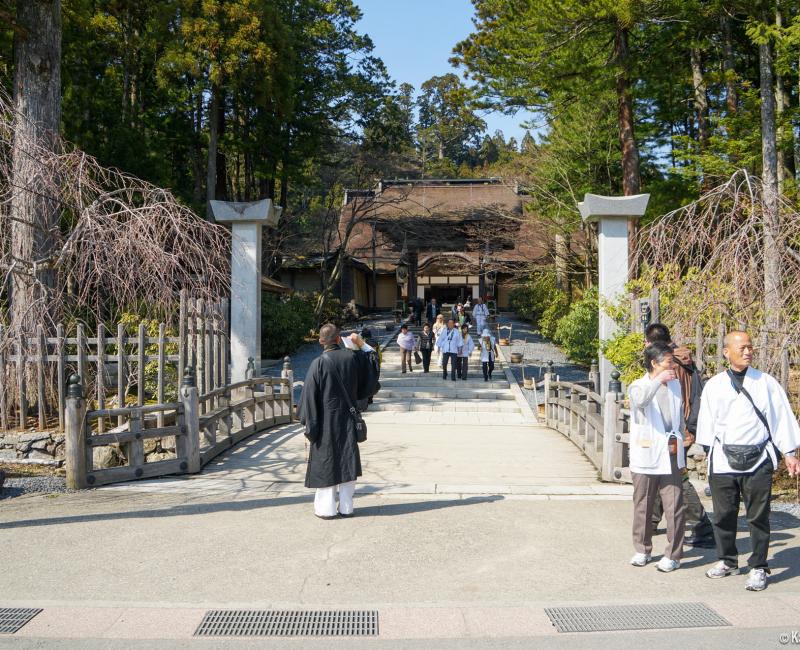
Wakayama prefecture
The prefecture is hugging Kii peninsula’s southern side and opens on Wakayama Bay. With a lot of mountains and forests, it is sheltering important sacred places, such as Mount Koya, the starting point of Shikoku’s pilgrimage, and the Kumano Kodo Pilgrimage Trails to the Kumano Sanzan Shinto shrines.
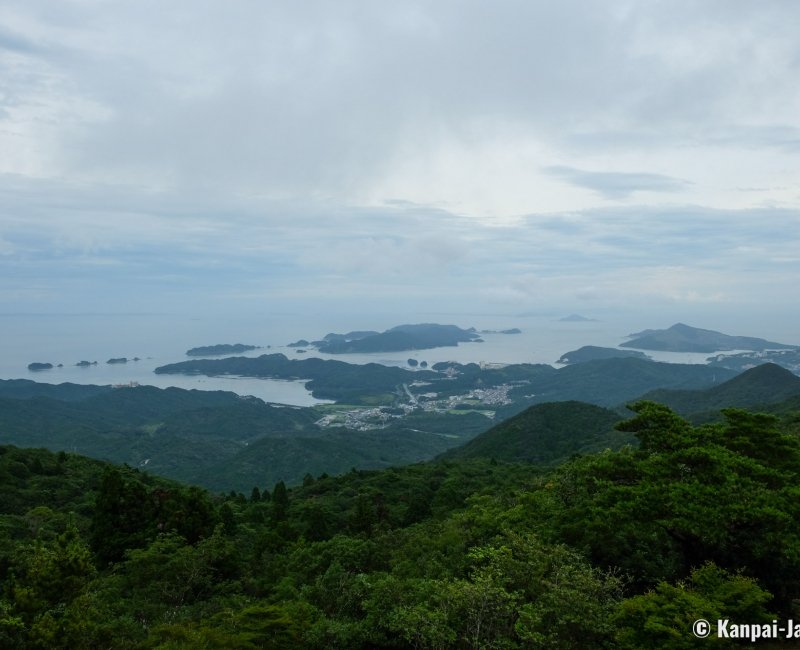
Mie prefecture
Directly accessible by Kintetsu train from Osaka and Kyoto, it is included in Kansai’s sightseeing area while administratively under the Chubu area. It is one of the birthplaces of Shinto and of the imperial lineage, symbolized by Ise Jingu Grand Shrine in Ise City. Ise-Shima National Park is best traveled by car to easily reach its wonderful views on the Pacific Ocean. It is also a place for oyster pearls cultivation, that are harvested by the Ama traditional divers.

